Former MGM reappears, shares latest information about the disaster, but the online reaction attracts attention?

1 | 0 Discuss | Share
Many people are missing, gone, houses collapsed, roads flooded with debris,... It was a tragic scene after Japan was attacked by one of the strongest earthquakes and tsunamis in history. 13 years ago.
At 14:46 on March 11, 2011, a magnitude 9 earthquake off the Pacific Ocean, with the epicenter at a depth of about 29 km above sea level, shook Northeast Japan. This was the strongest earthquake ever recorded in Japan, and the fourth strongest earthquake in the world according to modern statistics, beginning in 1900. The earthquake caused a tsunami up to 10 meters high and has extremely powerful destructive power, devastating almost all coastal towns stretching from Hokkaido province in the North to Chiba province adjacent to the capital Tokyo.
When the tide receded, in an instant the world suddenly changed for the people of Northeast Japan. Houses, cars, trees... were swept away and washed to the side of the road like children's toys. The survivors struggled in a huge and muddy landfill. They were shocked to realize that many of their relatives had left them forever. 13 years have passed, they still live in search and inconsolable anxiety...
According to scientists, the earthquake and tsunami in Japan shifted the Earth on its axis of rotation by about 10-25 cm by redistributing mass and as a result shortened the length of a day by about 1 .8 microseconds. More than 5,000 aftershocks, the largest measuring 7.9 on the Richter scale, hit Japan in the year following the earthquake. According to the US Geological Survey, the main island of Honshu was shifted eastward by 2.4 m, making some parts of Japan's mainland wider than before; Japan's northern coast, 400 km from Honshu, subsided by about 0.6 m (but after about 3 years, the coast rose again and continued to rise beyond its original elevation).
The Earth's Pacific plate slid westward 24 m near the epicenter and raised the seafloor off the coast of Miyagi Prefecture by 3 m. A report by the Japan Agency for Marine-Earth Science and Technology said that the seabed in the area between the epicenter and the Japan Trench moved 50 m to the east-southeast and rose about 7 m due to consequences of the earthquake. In Antarctica, seismic waves from the earthquake impacted the Whillans Glacier, shifting it by about 0.5 m; The tsunami broke icebergs off the Sulzberger Ice Shelf, 13,000 km away. The main iceberg measures 9.5x6.5 km and is about 80 m thick; A total of 125 square kilometers of ice has been broken.
As the tsunami crossed the Pacific, a 5-foot wave killed more than 110,000 nesting seabirds at Midway Atoll National Wildlife Refuge. In Norway, water in fjords on the Japanese side rose and fell as seismic waves from the earthquake passed through. The earthquake produced a low-frequency rumble called infrasound, which traveled into space and was detected by the Goce satellite. The surface energy of seismic waves from an earthquake, if harnessed, would be enough to power a city like Los Angeles for an entire year. Buildings destroyed by the tsunami released thousands of tons of ozone-destroying chemicals and greenhouse gases into the air.
The 2011 double disaster also destroyed more than 120,000 homes. The number of displaced people has steadily decreased over the years, but as of December 2022, there are still more than 31,000 people temporarily residing in Tohoku, Kanto, and some other regions in Japan. Of the approximately 21,000 people displaced, the majority are people who once lived in Fukushima province.
According to estimates by the World Bank (WB), this double disaster could cause damage of up to 235 billion USD. The World Bank's assessment shows that the level of destruction to housing, infrastructure, industry and agriculture in Fukushima, Iwate and Miyagi prefectures is very serious. In addition to leaving hundreds of thousands of people homeless, the earthquake and tsunami also caused an incident at the Fukushima Daiichi nuclear power plant.
After the 2011 double disaster, Japan spent more than 83 million USD to use lasers to track even the smallest movement of the Earth. In addition, Japan also invests billions of dollars to build structures that are more resistant to earthquakes.
Japan attaches great importance to disaster resilience skills, especially in the education sector. From an early age, Japanese children regularly participate in drills on survival skills when natural disasters occur.
Baby girl crushed by earthquake in Myanmar: survived for 2 days thanks to 4 cheap things?  Mỹ Hoa14:06:21 31/03/2025On March 30, rescuers rescued a baby girl who had been trapped for more than 50 hours in a collapsed hotel in Mandalay, the epicenter of the earthquake in Myanmar.
Mỹ Hoa14:06:21 31/03/2025On March 30, rescuers rescued a baby girl who had been trapped for more than 50 hours in a collapsed hotel in Mandalay, the epicenter of the earthquake in Myanmar.

1 | 0 Discuss | Share
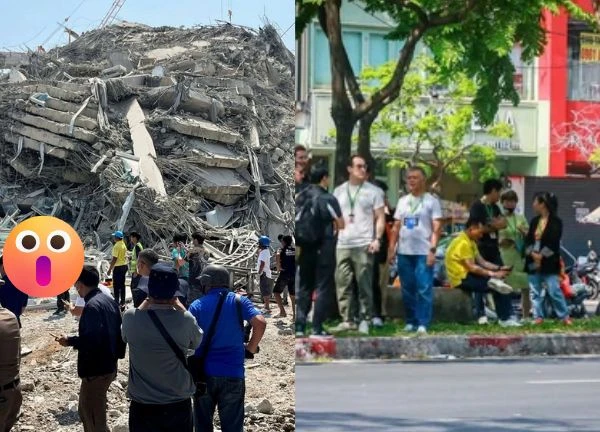
1 | 0 Discuss | Share
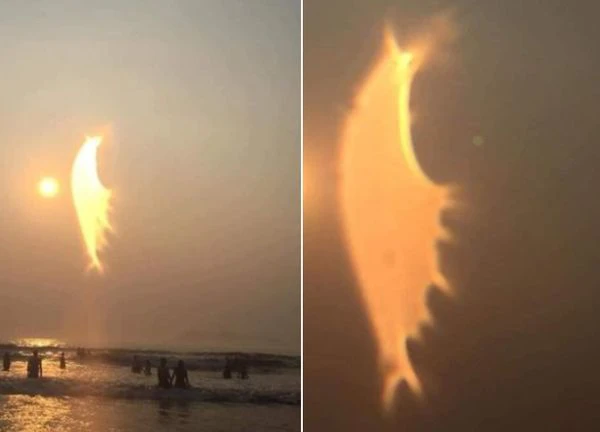
4 | 1 Discuss | Share

1 | 1 Discuss | Share
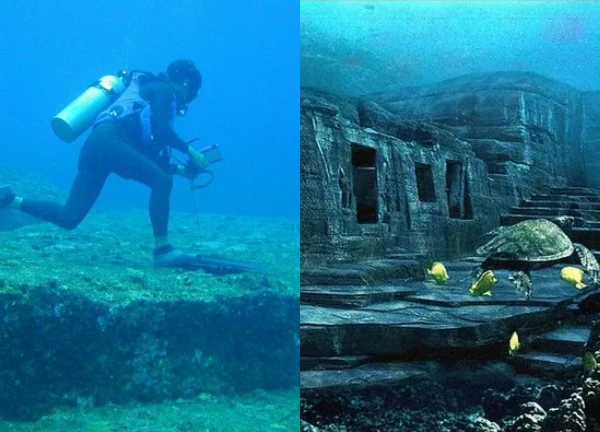
2 | 0 Discuss | Share

2 | 0 Discuss | Share

3 | 0 Discuss | Share
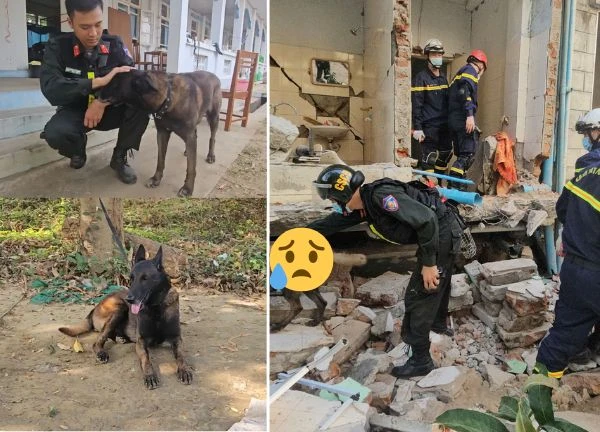
2 | 0 Discuss | Share
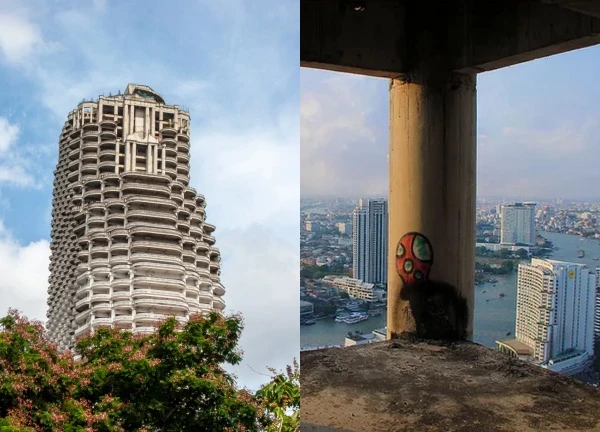
5 | 0 Discuss | Share

3 | 0 Discuss | Share

4 | 0 Discuss | Share

4 | 1 Discuss | Share










3 | 1 Discuss | Report